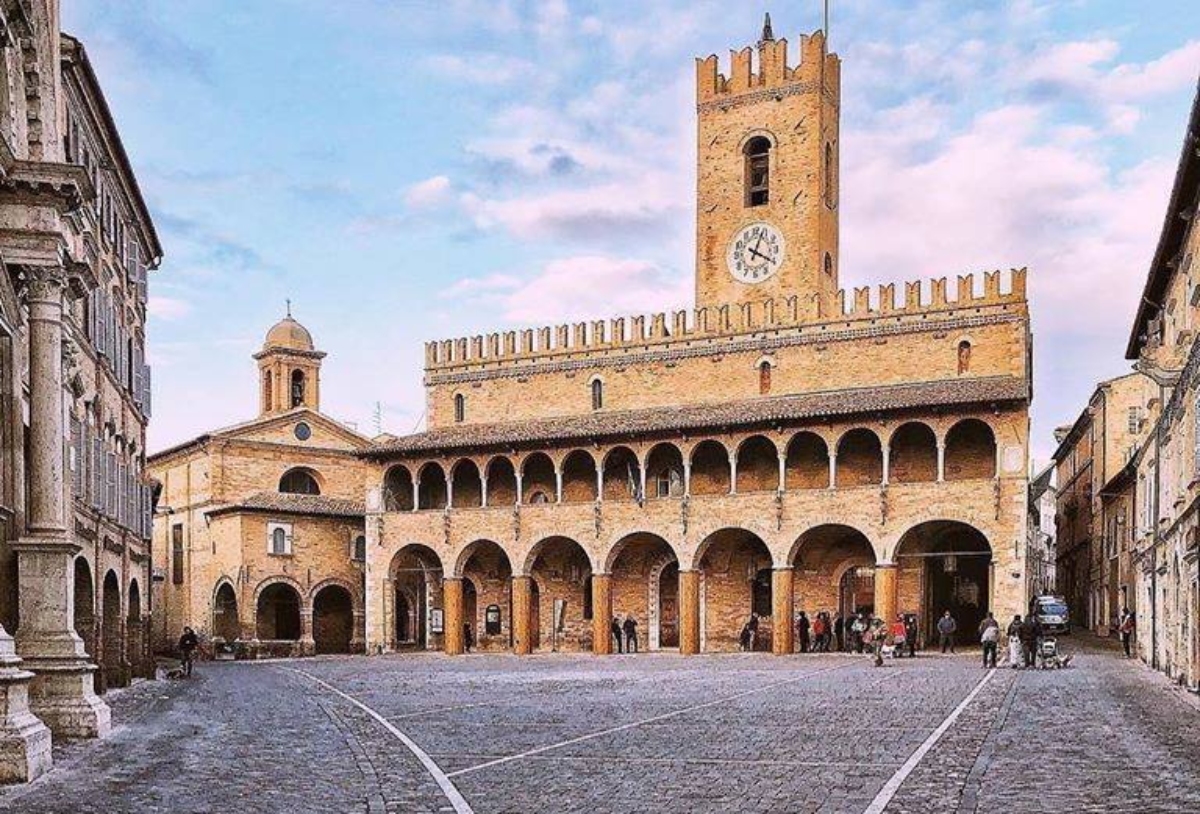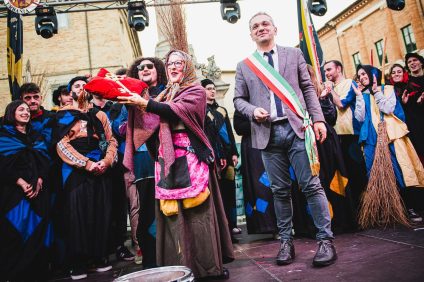In the heart of the Tronto and Tesino river valleys stands Offida, located on a rocky spur. We are in the splendid province of Ascoli Piceno, in an ancient village enclosed in the castle walls of the fifteenth century. It boasts an irregular plant that derives from the spur on which it rests, cut out by the Lama stream.
History
The origins of the village of Offida are somewhat disputed. In the area there are Picene tombs and Roman remains, but we have no historical traces until 578 AD, when the Ascolans fleeing the Lombard invasion founded some castles in these hills, including Offida.
The remains of the medieval walls characterize the place. Of the sixteenth-century fortress that once dominated everything remain a stretch of wall and two towers, nothing else.
What to see in Offida
Of great interest is the church of Santa Maria della Rocca, which boasts an impressive position to say the least. There is also space for the Monastery of San Marco, the Collegiate Church and the Sanctuary of the Saint Bernard.
The village is rich in cultural events that originate from the Roman saturnalia. We have historical evidence of this especially relating to the sixteenth century, an era of great splendor of the carnival in large cities such as Rome and Venezia.
Lace village
Why is Offida the lace village? There is a rich local artisan tradition, whose history is contained within the Tombolo Lace Museum. An art of humble origins, which later became an excellence in the Ascoli area.
The women of the village practiced bobbin lace, as well as bobbin lace. An artisanal treasure handed down from generation to generation for five centuries. A game of intertwining able to give life to artifacts of quality and beauty.





